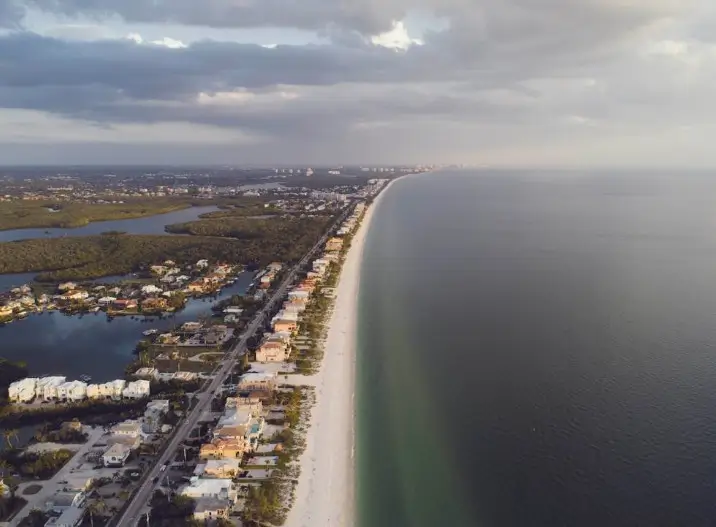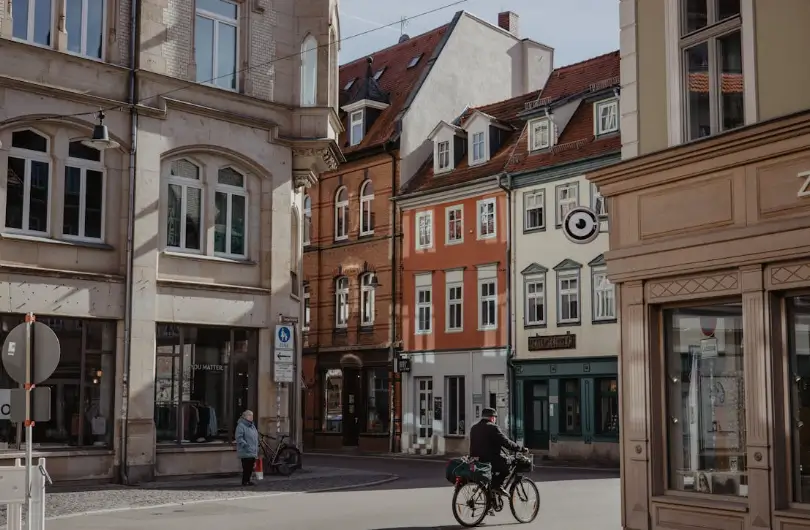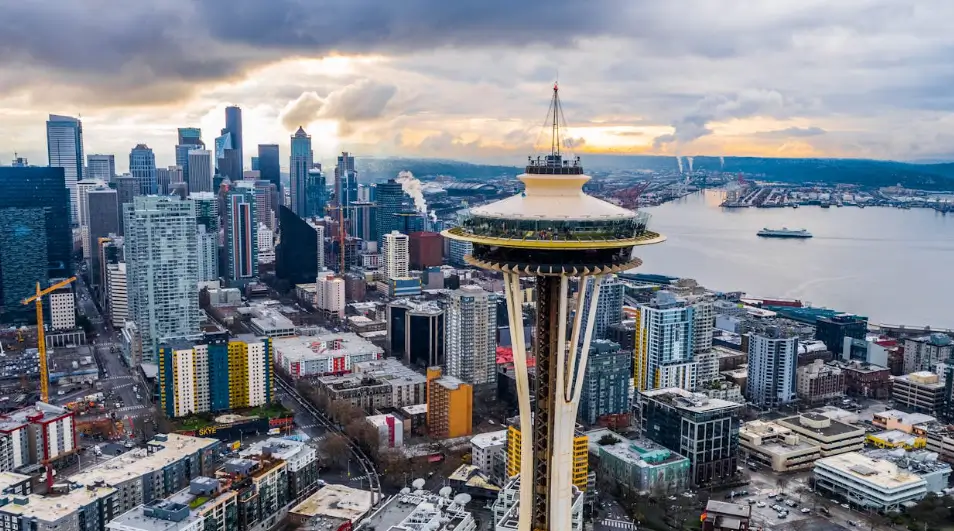Why Do People Keep Building on Florida’s Coastlines (Despite the Hurricanes)?
Because apparently, a good view trumps a bad storm forecast.
The Paradox of the Paradise Coast

Florida’s coastline is one of the most desirable pieces of real estate in the country — and one of the most disaster-prone. On one hand: warm sun, turquoise water, and sand so fine it squeaks under your feet. On the other: hurricanes, storm surge, flooding, and insurance premiums that make you question your life choices.
Yet the cranes keep swinging, the condos keep rising, and new homeowners keep moving in. So… why?
The Pull of the Coast
For many, living near the water is a dream. Developers and real estate agents sell an idyllic lifestyle: walkable beach access, ocean views, endless recreation, and, yes, bragging rights. Florida’s economy feeds on that dream, with coastal tourism, retirement communities, and seasonal residents fueling demand.
Add in the fact that many buyers are relocating from colder states or countries, and the “trade-off” between occasional storms and year-round sun feels, to them, worth it. Hurricanes are treated like a seasonal inconvenience, much like snow to northerners — except the snow doesn’t usually blow your roof off.
The Risks Everyone Knows (But Many Ignore)
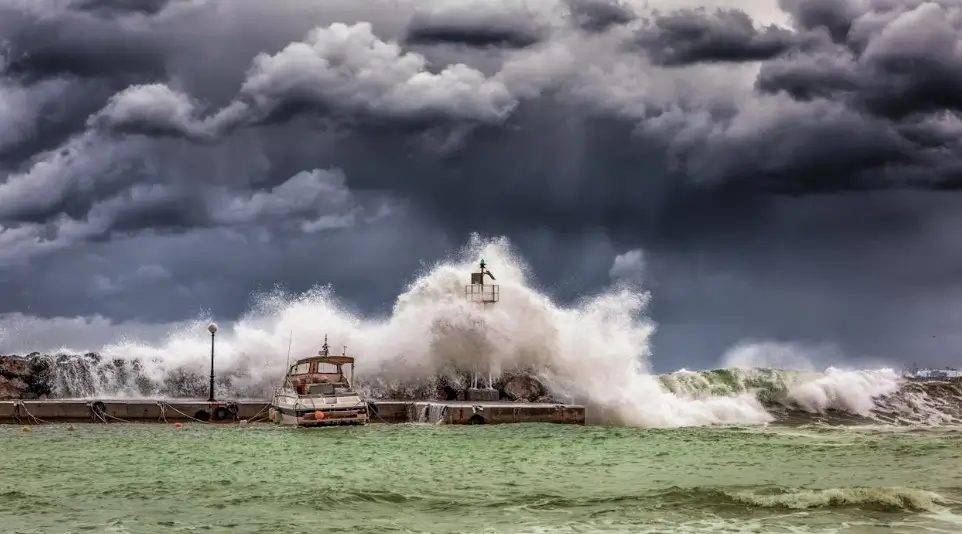
Coastal living in Florida comes with well-documented risks:
- Hurricanes & tropical storms – bringing high winds and debris.
- Storm surge – the leading cause of hurricane-related deaths.
- Flooding & erosion – slowly reshaping shorelines.
- Rebuild fatigue – entire neighborhoods reconstructed multiple times in a generation.
Billions are spent every year on disaster recovery in Florida. Some communities see “once-in-a-lifetime” storms happen two or three times in a decade.
The Policy Paradox
Here’s the twist: despite the known risks, our systems still make coastal building possible — and sometimes even attractive.
- National Flood Insurance Program (NFIP) subsidies can make rebuilding affordable (at least for now).
- Local zoning and permitting often allow new development in high-risk zones, sometimes with only modest design changes.
- Political pushback to stricter coastal regulations remains strong, partly because tourism and property taxes are coastal lifebloods.
It’s a cycle: storms destroy → insurance and aid rebuild → property values rebound → repeat.
Why Planners Struggle to Change Course
Managed retreat — the idea of moving people and infrastructure away from high-risk zones — is logical on paper but nearly impossible in practice. Telling someone to abandon their beach view is about as popular as banning air conditioning in August.
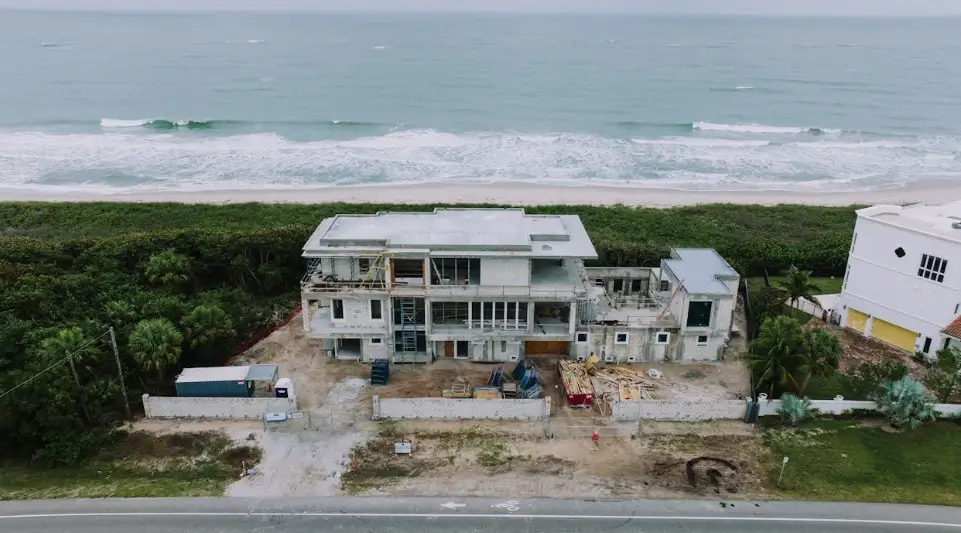
Instead, planning solutions often focus on:
- Stronger building codes (elevated structures, hurricane-rated materials).
- Setback requirements to reduce erosion impacts.
- Evacuation planning and public education.
But no matter how strong the codes, they can’t eliminate the core risk: living in the path of a future storm.
So, Why Keep Building?
Because for many, the benefits outweigh the danger — at least until the next direct hit. Coastal Florida is more than just a place; it’s an identity, a lifestyle, and a financial engine. And as long as the water sparkles, the dolphins play, and the sunsets paint the sky, people will keep taking the gamble. In Florida, the coastline is both your biggest selling point and your biggest liability. The question isn’t whether a storm will come — it’s when. And for some, that’s just the price of paradise.
%20(1200%20x%20237%20px)%20(300%20x%2059%20px).webp)
